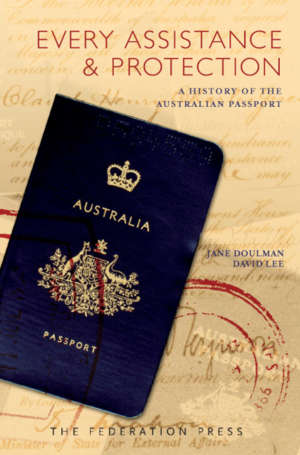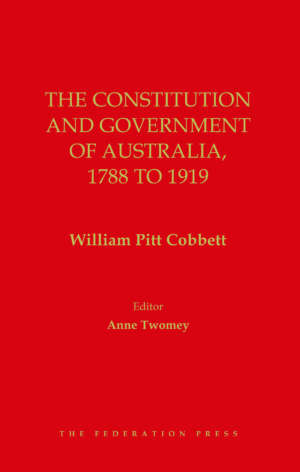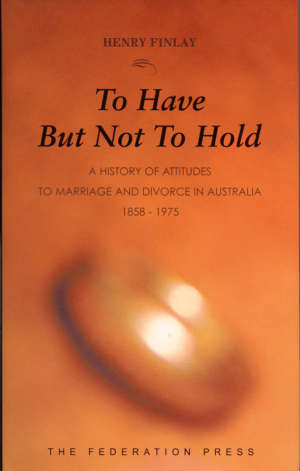Product Description
Who would imagine that democracy in NSW was won through fierce political battles and street rallies? The Southern Tree of Liberty sheds light on this turbulent and violent period in Australian history.
For twenty years, the advocates of democracy mobilised the working class and fought hard to bring popular rule to the colony. The elites, on the other hand, used their legislative powers to halt this march towards liberty, most notably in the Constitution of 1853.
There were many colourful characters involved in the push for self-government:
Charles Harpur, the native-born poet who wrote ‘The Tree of Liberty (A Song for the Future)’;
Johann Lhotsky, the revolutionary who spent five years in an Austrian prison;
Ben Sutherland, the English upholsterer who formed the first working-class political organisation and edited its newspaper;
William A Duncan, the Scots Catholic who created a network of radical intellectuals; · Henry Macdermott, the Irish-born ‘friend of the people’; and
Edward J
Hawksley, the radical journalist who was part of every democratic campaign from 1840.
These characters and more are covered in Irving’s engagingly written and thoroughly researched book. The Southern Tree of Liberty highlights the contribution of the democrats to public life and shows how their struggles made possible the democratic advances that followed after 1856.
I ask no more than “the birthright of a British subject”, namely the privilege of voting on the same grounds as would entitle me to vote in my native land … Henry Macdermott, 1842
They had to decide whether they would have the rights of Britons or that vile and bastard democracy which had led to so many evil results in different parts of the world. … James Macarthur, 1842
… it is a grievance for the working man to be totally unrepresented; to have the nominal form of elective privileges whilst he is legislated for by a class entirely antagonistic to his interests and his claims. … Guardian newspaper, 20 July 1844
A NSW Sesquicentenary of Responsible Government publication.
Introduction
Johann Lhotsky’s Revolutionary Proposal
How to get an Assembly “instanter, de facto”
Vanishing Funds: Emblematic of Botany Bay
A discredited agent
The Patriots versus the Public
Six hundred gentlemen to rule the country
Immigrant Workers: A Warmer Attachment to Free Institutions
The germ of an alternative public
The collective impulse
Workingmen’s politics, 1840-43
A more practical knowledge of public affairs
The Friends of the People
A conservative realignment
A generational unit
Leaders of sufficient talent
1842 – The Challenge of Representation
Representation and democratic public life
“O long may the Tories of Sydney remember”
The perils of process
The Governor’s Other Class Struggle
Gipps and the working men
The MPA and the working men
A Great Revolution in Class Relations
Who were the activists of the MPA?
The politics of the MPA: class and colony
The sudden end of the MPA
Radical Strategies – Radical Voices
Constitutional radicalism
Civic radicalism
Plebeian radicalism
Street Violence: “Do as the Canadians Did!”
Death of a tradesman
Historians
The Hydra which rears a head in every quarter of our city: the election rioters
What should we go to our homes for; we’ve got nothing to eat?
The Great Fear
A coercive law unknown to England
Mass Activity: A Storm Long Gathering
Mass activity in a critical period
Meetings and militancy
Social Alliances: Those You Trusted Have Deceived You
The mercantile interest and the democratic movement
The trades societies and the democratic movement
The “Operative” newspaper
Headquarters: The Red House in King Street
The organising impulse
Revolt on the Turon
The irrepressible force of common sentiment
Elections: Submitting to the Popular Will
The hydra-headed monster that we can never govern nor lead: the mob of Mr Parkes
Delegates of the people
The increasing strength of the radical party
Democracy as a Popular Movement
Appendices
Members of the Mutual Protection Association, 1843-1844
Speakers at meetings on constitutional reform and anti-transportation, 1846-1855
Activists of trades societies, 1846-1854
Members of five radical organisations, 1848-1854
Select Bibliography
Index






